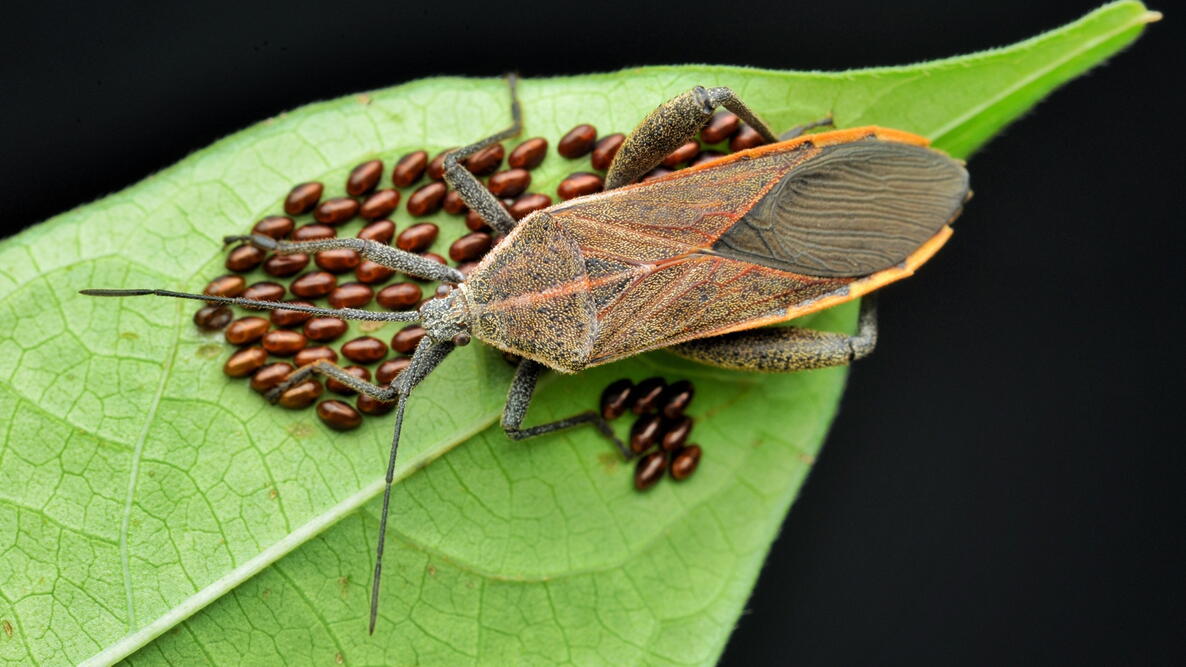
Tips and Tricks for Preventing Squash Bugs
ADVERTISEMENT
So glad to read this info unfortunately the critters did their damage and I removed my zucchini plants. But I got a few squash. Next year I'll be able to fight em off!!! Or prevent em from attacking my favorite veg. Thank you!
Very timely article. I used straw mulch on my zukes and I'm seeing what appear to be squash bugs on the plant, near the crown, for the first time today and picked them off. Should I remove the mulch to provide the bugs less cover and make them easier to find? Nasturtium seeds go in today.
Thanks.
There are different thoughts about mulch when it comes to squash bugs. The bugs do like to shelter in/under mulch (whether straw, plastic, cardboard, etc), however some experts say that the benefits (discouraging weeds, encouraging beneficial insects, conserving moisture, etc.) may outweigh the disadvantages. Also, some experts suggest that squash bugs tend to prefer the organic mulches, such as straw, over plastic etc., as the straw mulch can be cooler and moister. If you are seeing a lot of squash bugs, you might try removing the mulch to see if that reduces their numbers. Or, try a plastic mulch (especially a reflective type) to see if that might help.
A friend suggested painting the egg clusters with brush on white out to suffocate the eggs so they don't hatch. I've tried it this year and it seems to be working well!
Great tip!
wish it was where I could send an article from this site to family or post on Facebook
Why do roaches almost always die on their backs? The Almanac show publicly.
Cockroaches have a high center of gravity due to their long legs, so when they die, they tip over and have no way of righting themselves, especially on smooth surfaces.
Holes in all my growing spaghetti squash. I picked them all not rip yet. What bug is it? And should I throw them all out?
pull your plants just had a ton and insecticide won't touch them









